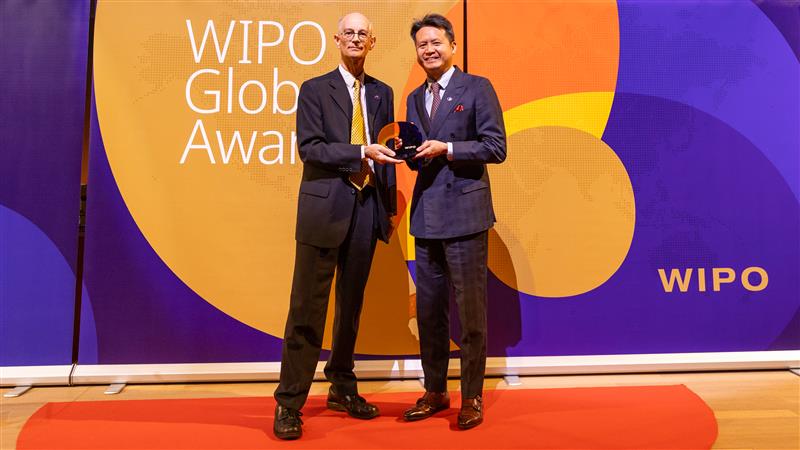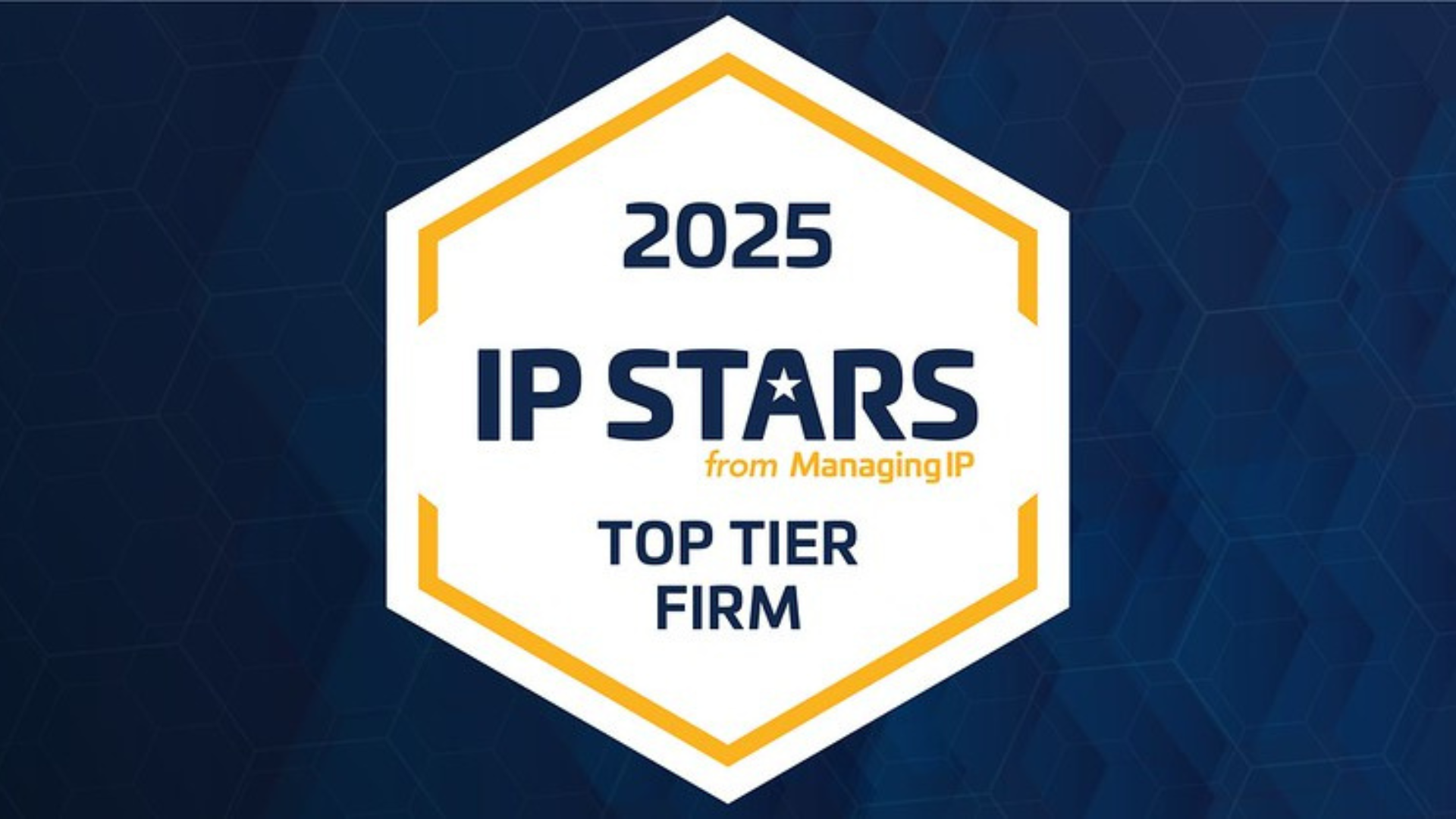News
First CRISPR therapy approved for use in the UK
January 2024
In an unprecedented move, the MHRA has approved a CRISPR gene editing therapy ‘Casgevy’ for the treatment of sickle cell disease and beta-thalassaemia in patients with recurrent vaso-occlusive crises.
The Casgevy or ‘exa-cel’ therapy was developed by Vertex Pharmaceuticals and CRISPR Therapeutics and is the first therapy to be approved which applies the groundbreaking CRISPR-Cas9 gene editing tool discovered around 10 years ago by Nobel prize-winning scientists.
A Breakthrough in Gene Editing
The therapy is an intravenous one-time infusion of edited autologous human hematopoietic stem and progenitor cells derived from bone marrow.
These cells are taken from the bone marrow of a patient and edited outside the body using a CRISPR-Cas9 construct which is inserted into the cells, together with a guide RNA targeting the erythroid-specific enhancer region of BCL11A gene.
Once inside the cells, the guide RNA binds to the target and Cas9 cleaves the DNA at this target site.
BCL11A usually prevents the production of a foetal form of haemoglobin in adults, a protein found in red blood cells that carries oxygen into your body
Upon cleavage of this gene, transcription of foetal haemoglobin is permitted and the foetal haemoglobin protein can be produced.
The foetal haemoglobin does not have the abnormality of adult haemoglobin which causes pathology in adults.
Once the human hematopoietic stem and progenitor cells are returned to the patent, they then differentiate and begin to produce red blood cells containing the foetal haemoglobin which can supplement the abnormal haemoglobin in these patients and restore oxygen supply to the body.
Clinical Trial Success
In two global clinical trials of Casgevy in patients with chronic sickle cell disease and beta-thalassemia, the trials met their respective primary outcomes of patients becoming free from severe vaso-occlusive crises (painful acute flare-ups where deformed red blood cells coagulate and cause blood vessels to become restricted), or transfusion independent for at least 12 consecutive months.
Once achieved, these benefits are potentially expected to be life-long.
Protecting The Casgevy Innovation
The first patent applications covering the Casgevy therapy were filed back in 2017, and have resulted in a patent family with applications in Australia, Brazil, Canada, China, Europe, Israel, Japan, Korea, Malaysia, Mexico, Singapore, and the US.
However, surprisingly, none of these applications appear to have yet been granted in Europe.
Taking a closer look at the Vertex patent portfolio, one of the Vertex European applications EP3445388 is intended to be granted soon, but the claims are narrow in that they seem to cover the specific guide RNA used for the treatment.
Another perhaps more relevant application of Vertex, EP3720473, seems to still be under examination.
The latest examination report contained novelty objections to the claims over at least one prior art document (WO2016/182917) held by the Broad Institute.
Interestingly, this document already describes the concept of reinduction of foetal haemoglobin by CRISPR/Cas9 mediated targeting of the same region of the BCL11A gene and the use to generate edited human hematopoietic stem cells for use in therapy.
In response, the Vertex claims have been limited to refer to a specific target region; the +58 DNAse I hypersensitive site of the BCL11A gene.
This possibly leaves room for competitors to work a similar invention but using different guide sequences which target a different site, though this will likely throw up additional regulatory challenges.
Furthermore, it is additionally noted that the above Broad application has already been granted in Europe during 2020 and seems to have broader claims directed towards methods for producing modified progenitor cells, genetically engineered human cells, and methods of increasing foetal haemoglobin levels in a cell by contacting with a guide RNA selected from 94 different sequences and a DNA-targeting endonuclease which cleaves the genomic DNA at not only the +58 region of human chromosome 2 (upstream of the BCL11A gene) but also the +55 and +62 regions.
The single opposition against this patent has also recently been withdrawn ahead of oral proceedings.
These claims may well stand and cause a freedom to operate issue for Vertex and any others who wish to target the same gene using CRISPR systems for therapeutic purposes.
A Future Outlook
The FDA have just recently announced that they too have approved the therapy for use in the US, meanwhile the EMA are still reviewing the therapy for approval in Europe, but are expected to approve the treatment shortly.
This should open the door for further CRISPR therapies which have the ability to treat many genetic diseases to become a reality.
The main limitation of such treatments, much like other gene therapies, will be the high cost which is expected to provide a barrier to accessing treatment even in countries that have regulatory approval.
It is not yet clear if the treatment will be made available on the NHS.
As a single-use therapy, it may be expected for Casgevy’s price to exceed $1 million, a difficult prospect for the NHS.
However, things do appear to be moving with regard to making the treatment available in the UK given the recent announcement from RoslinCT, based in Edinburgh, that they have an agreement with Vertex to begin manufacturing of the therapy.
On the patent side, it will be interesting to see what claims are finally granted to protect this therapy, whether the Broad patent will present any issues, and if any competitors can work around any claims which are granted to exploit the approval and enter the market with a competing therapy.
This article was written by Patent Director, Ellie Purnell, for HealthTech World. Read the original article here.
































